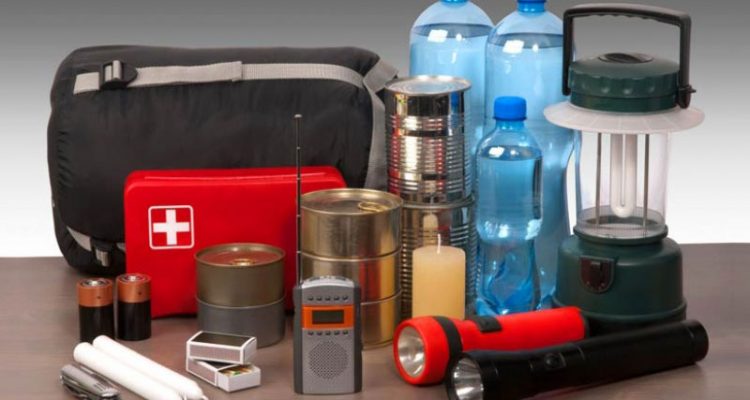Every hurricane season, we all witness the catastrophic affects of hurricanes. Many mistakenly believe that hurricanes are just a threat to coastal communities, but the truth is that high winds, heavy rainfall, flooding, and even tornadoes can have devastating impacts many miles inland.
This is why everyone should take action now to be prepared for this year’s hurricane season. For starters, learn your zone. Evacuations are more common than most people realize, and familiarizing yourself with your area’s evacuation zones will give you a jumpstart if the time should come. You should also have a family communication in place. This includes planning how your family will gather, and plan where you will all go depending on the situation. You should also have a plan on how to contact each other in an emergency.
Make sure you stay “in the know.” There are many apps available that include weather alerts, disaster resources, safety tips and more. You can even receive push notifications to your cell phone to help you prepare for hurricanes.
Checking your insurance is another important item on your checklist when it comes to preparing for hurricane season. Know in advance what your deductibles are, and find out if your belongings are covered in addition to your property.
Make sure to have a go-bag disaster supply kit. This kit should include a flashlight, batteries, cash, first-aid supplies, medications, and copies of any important information/documents you may need.
Last, but not least, it is very important for you to prepare your home. Here is a checklist:
- Trim or remove any damaged trees or limbs to keep your property safe. Hurricane winds can cause trees and branches to fall.
- Secure loose rain gutters and downspouts and clear any clogged areas or debris to prevent water damage to your property.
- Reduce property damage by securing and reinforcing your roof, windows and doors, including the garage doors.
- Purchase a portable generator or install a generator for use during power outages. Remember to keep generators and other alternate power/heat sources outside, at least 20 feet away from windows and doors and protected from moisture.
- Consider building a safe room or storm shelter designed for protection from high-winds and in locations above flood levels.
Learning what do before, during and after a hurricane will give you a peace of mind in the event of an impending storm.
Need help protecting your home with hurricane screens? Get in touch with Armor Screen today and be one step ahead this hurricane season.




